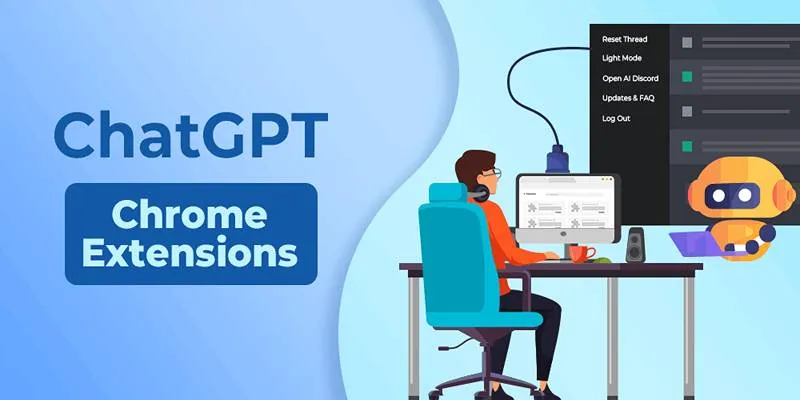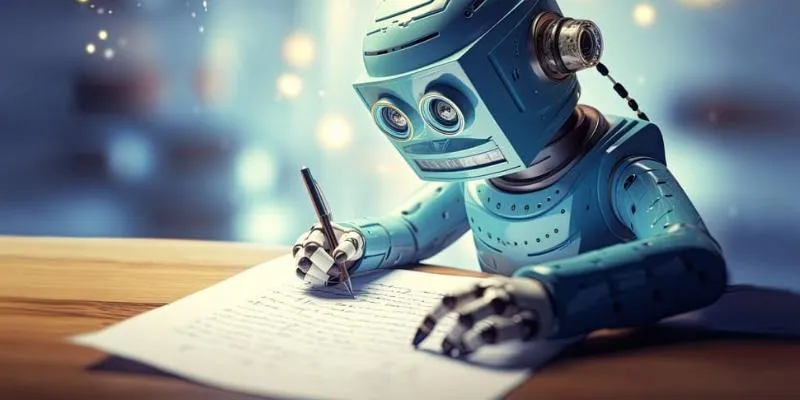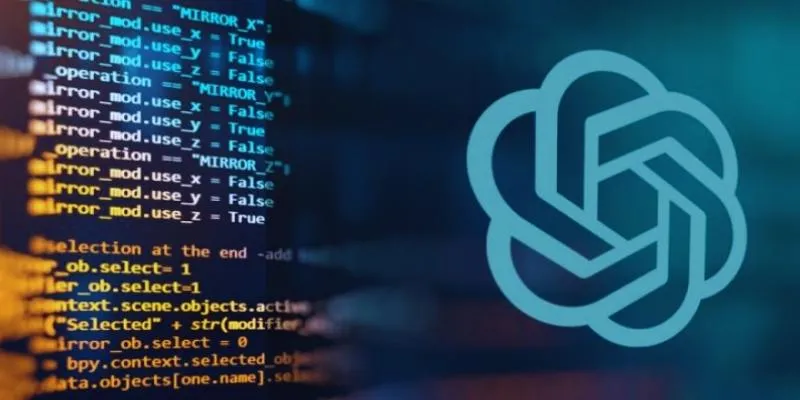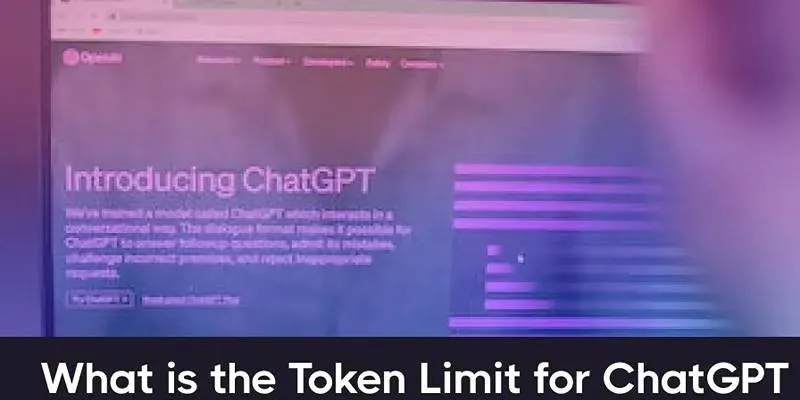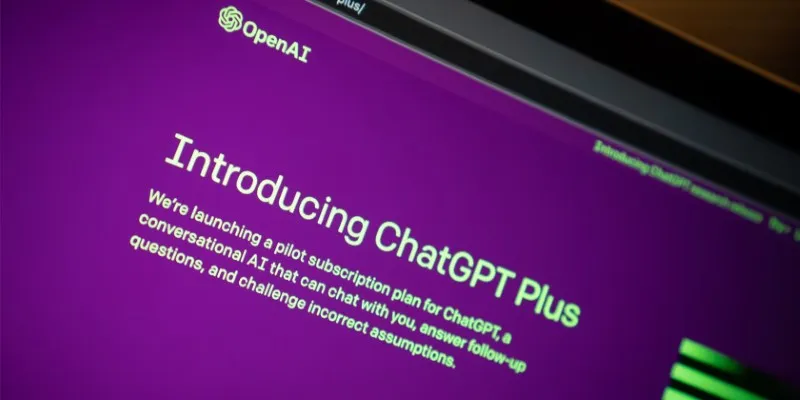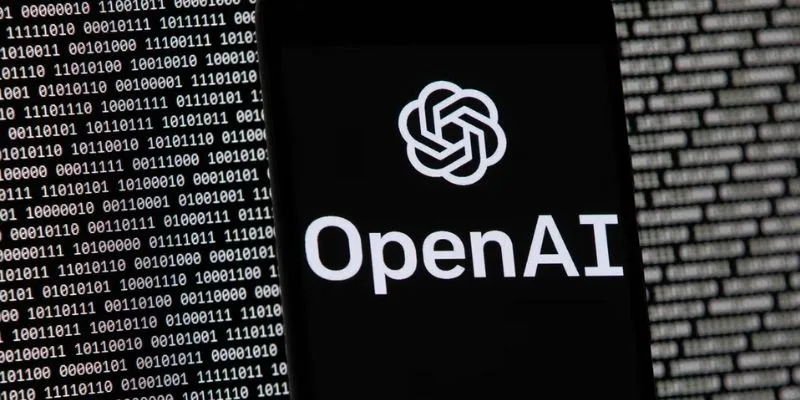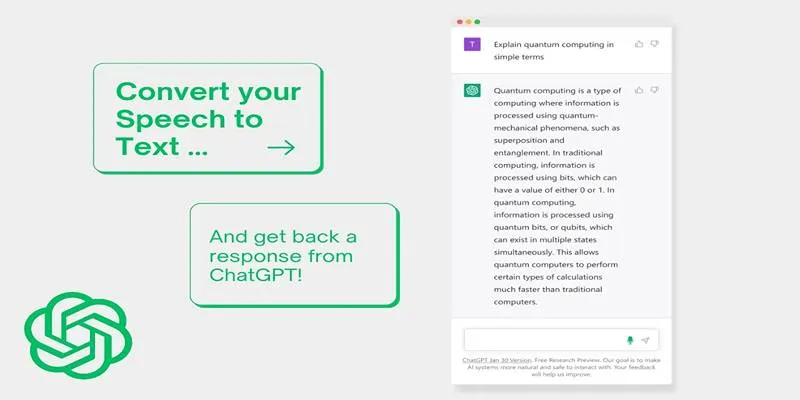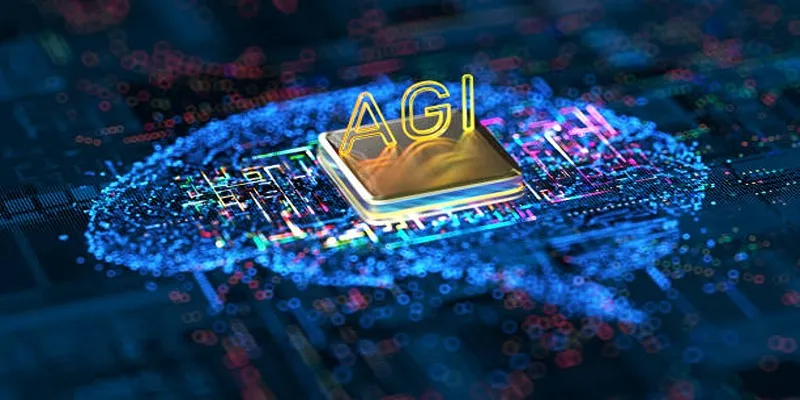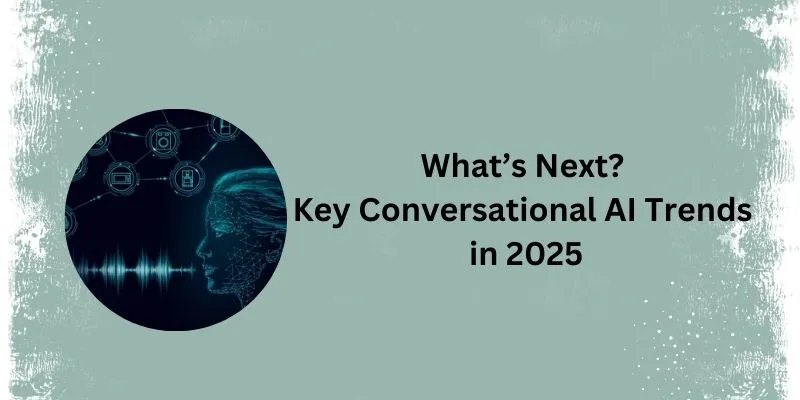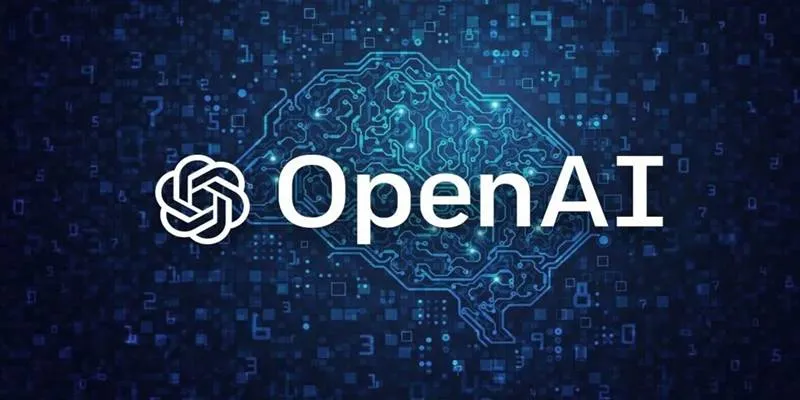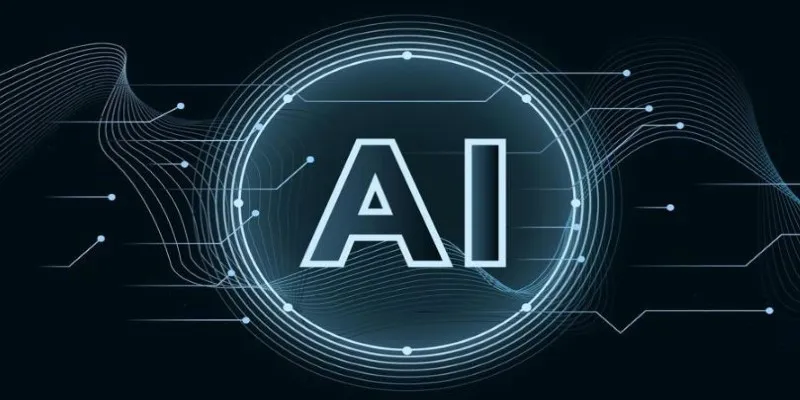Since its public debut, ChatGPT has become a go-to assistant for drafting emails, articles, summaries, and creative writing. As its capabilities grow, so do concerns over the misuse of AI-generated text—especially in academic, professional, and creative settings. Naturally, a question has emerged: Can ChatGPT or any AI reliably detect its output?
Surprisingly, the answer is no. ChatGPT cannot consistently recognize the content it has generated. This limitation has puzzled many users, especially given the technology’s sophistication. But the explanation lies in how ChatGPT was built, how it writes, and what makes text—AI or human—so nuanced and difficult to trace back to its origin.
Why ChatGPT Can’t Detect Its Writing?
There are several fundamental reasons why ChatGPT cannot recognize its writing. Although it’s a powerful language model, it was never designed to track authorship or leave detectable traces in the text it generates. Below are the key limitations that contribute to its inability to identify its output.
1. It Doesn’t Retain Memory of Output in That Form
Once ChatGPT generates text, it doesn’t label or internally flag that content as its own. The model does not assign authorship or keep any record of previously generated outputs unless those outputs are actively part of the ongoing session context. When the same text is reintroduced—even moments later—ChatGPT analyzes it without any memory of generating it.
Even in sessions where continuity is preserved, the model doesn’t recognize content as something it personally “created.” It treats all text inputs equally—as language data to interpret—without any inherent notion of source or ownership. This makes retrospective self-recognition impossible.
2. Its Detection Criteria Are Too General
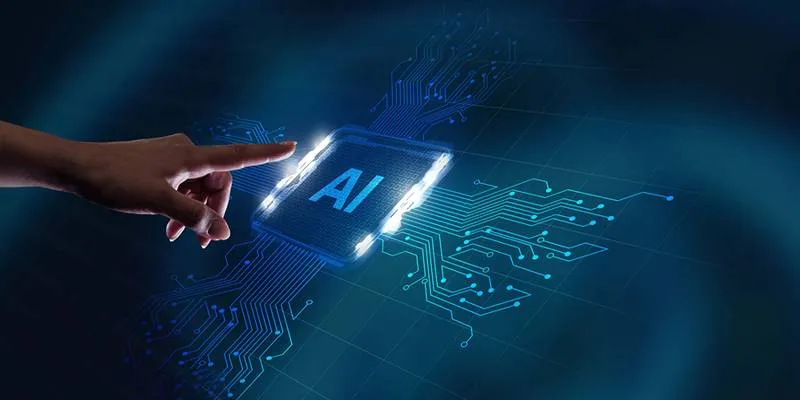
When tasked with identifying AI-generated content, ChatGPT relies on broad language characteristics such as uniform sentence structure, consistent tone, formality, and predictability. However, these traits are not exclusive to AI. Human writing, especially when produced for academic, business, or technical purposes, often reflects the same qualities.
This leads to false positives, where clear and well-organized human writing is incorrectly flagged as AI-generated, and false negatives, where natural- sounding AI text passes as human. The overlap in stylistic markers makes precise detection an unreliable process, especially when only general criteria are considered.
3. No Built-In Content Fingerprinting
ChatGPT does not embed unique identifiers or “watermarks” into its outputs. Unlike digital images or files that may contain metadata, the plain text generated by ChatGPT is indistinguishable from human-authored text on a technical level. Without any embedded signature or fingerprinting system, the model cannot scan a block of text and confirm whether it originated from itself.
This absence of content-level tracking is intentional, largely for privacy and security reasons. However, it also means that ChatGPT is structurally unequipped to audit its writing once it’s outside the immediate conversation window. As a result, any attempt to reanalyze the same text is treated as a new, unrelated input with no internal reference point.
4. It Is Trained to Mimic, Not Distinguish
ChatGPT is fundamentally a mimic. It was trained on large datasets of human language to blend in, not to stand out. Its goal is to generate text that mirrors the tone, rhythm, and phrasing of human authors across countless writing styles. This mimicry is so effective that even trained professionals often can’t differentiate AI-generated content from human work without additional tools.
Because of this, there’s no clear line or signal within the output that the model could use to recognize its work. When it’s asked to detect AI text, it’s essentially being told to spot an imitation of itself—something it was optimized to make indistinguishable from the original.
5. The Model Lacks Self-Awareness and Intent
Despite its fluency, ChatGPT has no consciousness, intent, or self-awareness. It does not “know” it is generating content, nor does it form opinions about the material it creates. It doesn’t understand authorship, originality, or personal agency in the way a human would.
As a result, when it evaluates a piece of writing, it does so from a detached, statistical perspective. It analyzes patterns, structure, and coherence but not the origin or motivation behind the text. This absence of self-awareness makes it inherently incapable of distinguishing between its output and that of others.
6. Training Data Overlap Makes Detection Murky
Many of the linguistic patterns that ChatGPT uses to generate responses are drawn from public datasets, which include books, articles, essays, and forums. When asked to detect AI text, the model might see similarities between its training data and the text being analyzed—regardless of whether it created that specific output.
This training data overlap makes judgment even more difficult. If a piece of human-written text closely resembles material that ChatGPT has seen during training, it may incorrectly label it as AI-generated. Likewise, the original content it has produced might appear “human enough” to escape detection entirely.
7. AI Detection Itself Is an Evolving Science

Finally, it’s important to understand that detecting AI-generated text—by any system—is an evolving and inexact science. Tools designed for this purpose often rely on statistical inference, natural language heuristics, or probabilistic models. While ChatGPT can simulate these methods when prompted, it is not a dedicated AI detector.
Without a dedicated detection framework or purpose-built architecture, ChatGPT’s attempts to identify AI text—including its own—are largely speculative. It can offer guesses based on certain patterns, but it cannot produce definitive answers.
Conclusion
ChatGPT’s inability to detect its writing is not a flaw—it’s a reflection of how it was built. It mimics human writing by design, using probabilities and language patterns, not understanding or authorship. This makes its output impressively natural but also difficult to trace.
As AI writing tools continue to improve, so too must our understanding of their limitations. While detecting AI content remains a significant challenge, awareness, transparency, and thoughtful use of these tools are essential for navigating this increasingly blurred landscape between human and machine- created text.
 zfn9
zfn9
